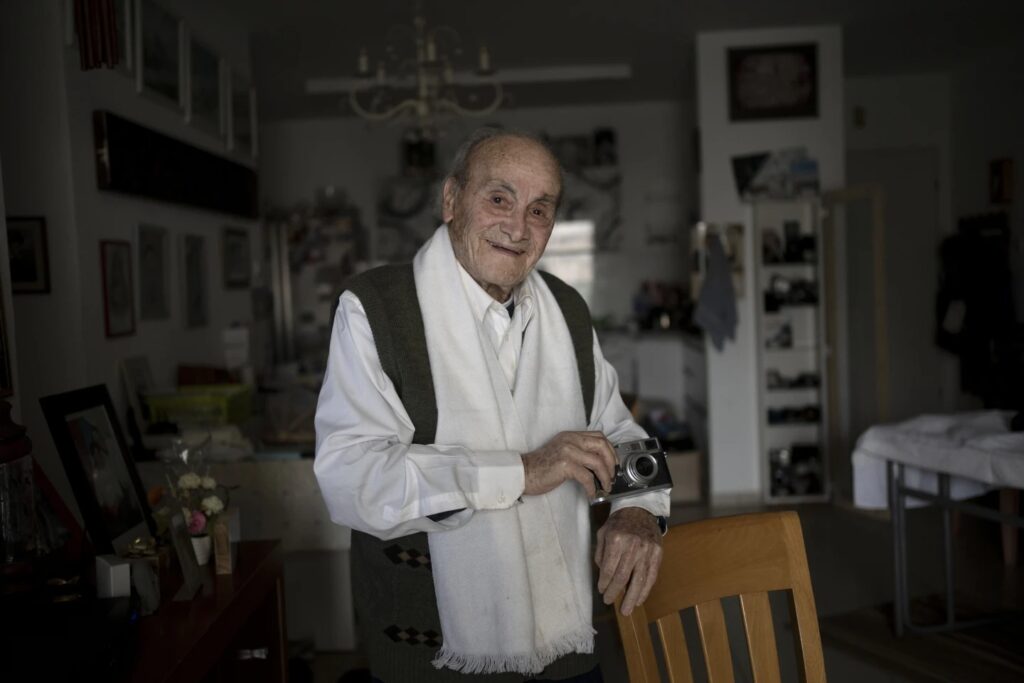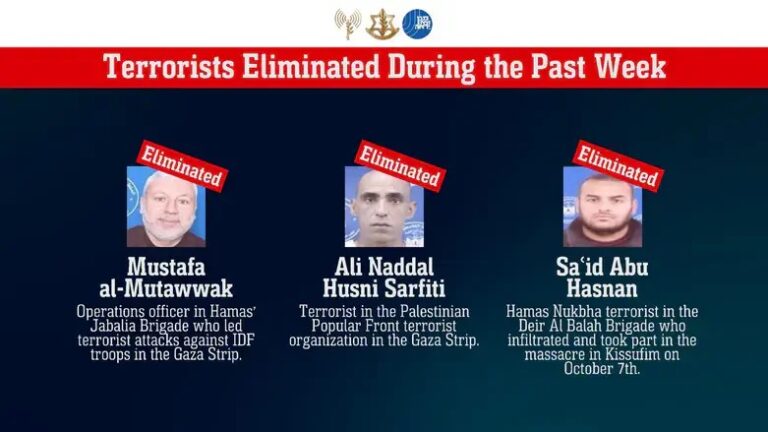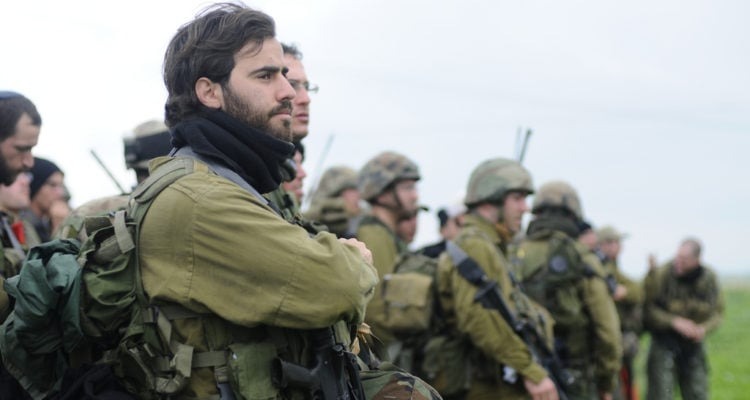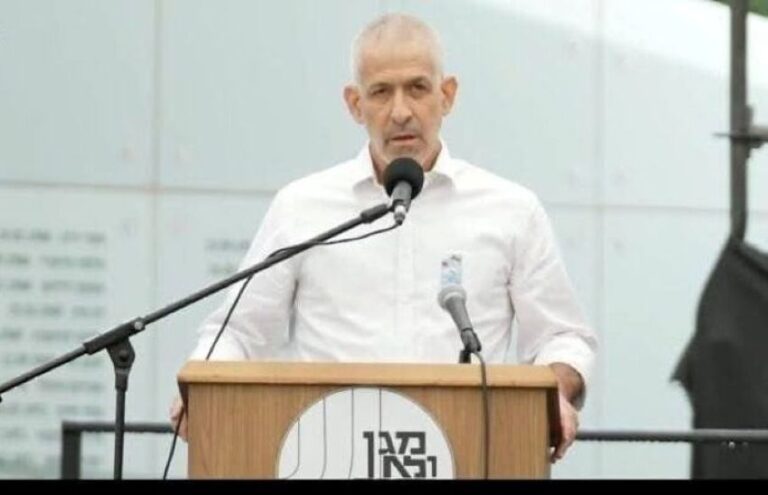Gad Partok was 10 years old in 1942 when Nazis stormed his street in the coastal Tunisian town of Nabeul. He saw them going door to door, hauling out his neighbors, shooting them and burning down their homes.
Like so many Jews who moved to Israel after the war, Partok believed Israel would be a place where he would finally be free from persecution.
Palestinian terrorism has been a steady reminder through the decades that safety is not absolute, and security comes at a cost. But Oct. 7, 2023 — the day Hamas committed the largest massacre of Jews since the Holocaust — shattered his belief in Israel as a haven.
The 93-year-old watched from his living room as TV news played videos of Hamas terrorists tearing through communities just a few kilometers (miles) from where he lives in the southern Israeli city of Ashkelon. As rockets fired from Gaza boomed overhead, Partok saw footage of the terrorists killing, pillaging, and rounding up hostages.
“I thought — what, is this the same period of those Nazis? It can’t be,” Partok said, clenching his fists as he spoke.
Saturday is International Holocaust Remembrance Day, which commemorates the killing of 6 million Jews and many other groups by the Nazis and their collaborators. In Israel — a country with roughly half of the world’s Holocaust survivors — the day carries extra weight because of the recent trauma of Oct. 7.
Partok was shocked by the terrorists’ murderous trail through the farming cooperatives and small towns of his adopted country. As he watched the assault, he wondered where the country’s defenses had gone.
“Where is the army? Where is the government? Our people?” he recalled. The feeling of abandonment brought back the disturbing memories of his youth.
“The dragging of the people of Be’eri, Nir Oz, Kfar Aza, Kissufim, Holit, it’s the same thing. It reminded me of the same thing,” he said, ticking off the names of affected communities. “I was very, very unwell. I even felt a feeling, it’s hard to explain, of disgust, of fear, of terrible memories.”
The plight of Tunisia’s small Jewish community is a lesser-known chapter of the Holocaust.
Over six months of occupation, the Nazis sent nearly 5,000 Tunisian Jews to labor camps, where dozens died from labor, disease and Allied bombing campaigns, according to Israel’s Yad Vashem museum. Allied forces liberated Tunisia in 1943, but it was too late to save many of Partok’s neighbors.
Partok said his family was only able to escape because his father, a fabric dealer who spoke Arabic, disguised the family’s Jewish identity. The family left Tunisia and moved to what would become Israel in 1947, a year before the country gained independence.
As an adult, he taught photography and owned a photo shop in Ashkelon. His home is full of yellowing photographs; pictures of his late wife and parents adorn the walls. He has grandchildren and great-grandchildren living throughout Israel.
Partok’s home is less than 24 kilometers (15 miles) from the Gaza border, and so he lives with the sounds of the war all around him — Israel’s relentless bombing campaign in Gaza, as well as Hamas rockets launched into Israel.
Warning sirens blare regularly in Ashkelon when rockets are fired into Israel. Partok keeps the television on, tuned in to news about the war. Stories continue to emerge — a hostage pronounced dead, a child without parents, a survivor’s story newly told.
“I’m sitting here in my armchair, and I’m looking, and my eyes are staring, and I can’t believe it,” he said. “Is it true? Is it so?”
(AP)











